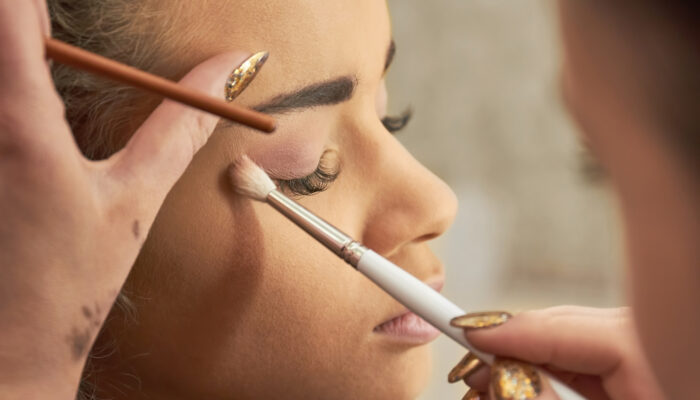
Overactive Bladder Symptoms and Treatments
An overactive bladder is the sudden urge to urinate that may be difficult to stop, and it may cause urge incontinence, or involuntary loss of urine. The cause may vary per individual, but management can begin with behavioral strategies like fluid scheduling, bladder holding techniques which use the pelvic floor, and timed voiding. Medications and other treatment options are available for those who have an overactive bladder, such as:
1. Intermittent catheterization
This treatment method uses a catheter periodically to completely empty the bladder. A catheter assists the bladder in doing what it can not do by itself. Patients can usually insert the catheter themselves without medical assistance.
2. Absorbent pads
Absorbent pads are undergarments that can be worn to help protect clothing from leaks in order to avoid incidents of embarrassment. These pads come in a variety of absorbency levels and sizes. They are generally a unisex product.
3. Pelvic floor exercises
This form of exercises strengthens the pelvic floor muscles, and the urinary sphincter. The exercises stop the involuntary contraction of the bladder. They are called Kegel exercises, and a physical therapist or doctor can help patients learn how to do them correctly.
4. Tolterodine Detrol, Detrol LA
These are medications that can help relax the bladder. The medication can help relieve some of the symptoms of overactive bladder, and lessens the episodes of urge incontinence.
5. Oxybutynin Ditropan XL
This is also a bladder relaxing medication. It can be used in more than one form that includes a pill, as a skin patch Oxytrol, and in gel form Gelnique to reduce the symptoms, and the urge incontinence.
6. Bladder injections
The Botox used in bladder injections for overactive bladder is a protein that is produced from the bacteria that causes the illness botulism. Small doses are injected directly into the tissues of the bladder, and partially paralyzes the muscles. This is generally used for severe urge incontinence, and lasts for up to five months. It is well known that other injections will be needed. A side effect from this may be urinary retention which could necessitate the patient catheterizing themselves.
7. Talk to your doctor
Overactive bladder is a health condition that many people try to manage on their own. It can cause some embarrassing moments, but with proper treatment, the symptoms can be reduced, and a normal urinating pattern established. If the symptoms get too frequent, or the urge incontinence gets too severe, you should consult your physician for a treatment option that is suitable for your lifestyle. Do not allow your bladder to be in control of you, and do not let vanity keep you from investing in incontinence pads or other undergarments that are designed to help make an overactive bladder easier to deal with on a daily basis. This is a condition that doesn’t just affect older populations. For various reasons, anyone of any age can suffer from this condition. Other options for treatment include surgery to increase the capacity of the bladder.



